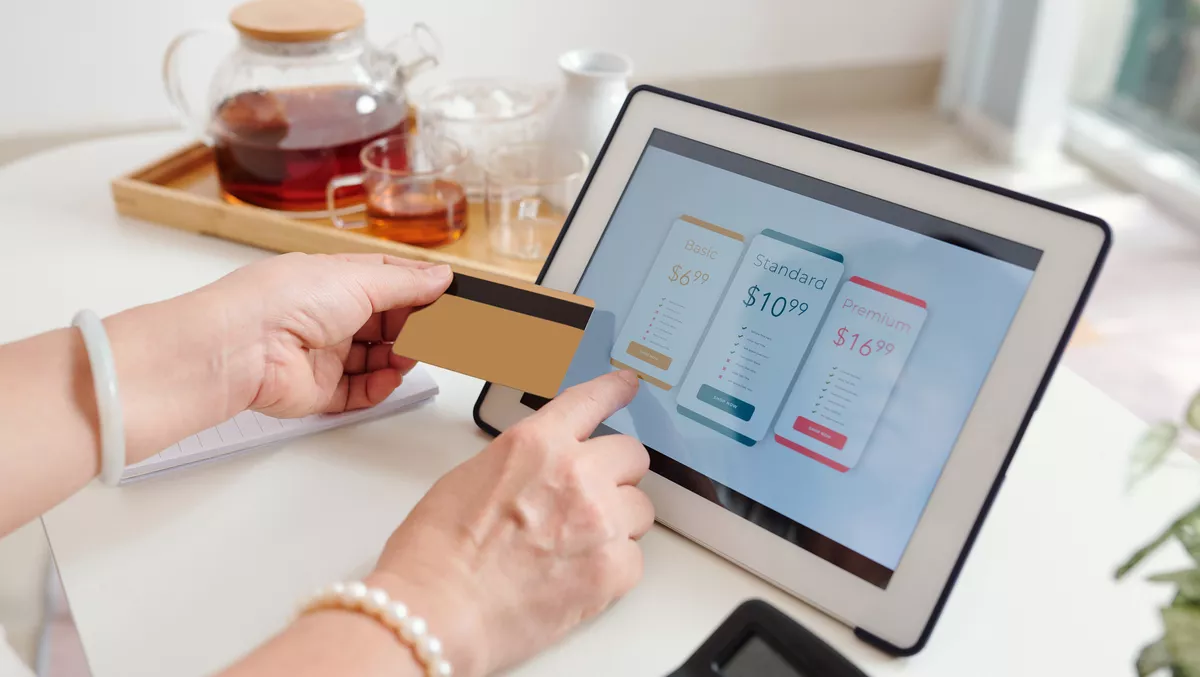
Consumerisation tips corporate Australia to click subscribe
Whether it's the gym membership you use in the morning, the gourmet food arriving at your door for you (and even your pet), or binging the latest and greatest TV series, subscription models are a cornerstone of modern life.
Millions of consumers commit to regular, ongoing payments in return for continuous access to goods and services. Australians together have almost 37 million on-demand video, music and gaming subscriptions, and according to Telsyte, this could rise to 58 million by 2024.
Juniper Research defines the subscription economy as a 'product or service that is bought or accessed via a recurring payment, and that requires no additional action to terminate beyond cancelling the recurring payment'.
If the subscription economy is about anything, it's about the fundamental return to customer relationships. It gives users the ability to consume according to their changing needs, promoting the service or goods provider to deliver consistent value to the customer.
Access to flexible, scalable technology on your terms has undoubtedly cemented itself in Australia at a consumer level, and just as we saw the consumerisation of workplace IT drive the 'bring your own' phenomenon, the popularity of subscription services will trickle up into the enterprise.
BYOD 2.0 trending
Professionals' desire to have the same next-gen technology experience at work as they do in their personal lives – faster laptops, the latest apps and access to everything on the go – has transformed the way businesses purchase technology.
Over the past decade, the consumerisation of IT has driven employee-led purchasing decisions, with IT managers now also sourcing consumer technology for the workplace. Despite its already significant adoption, the Australian bring your own device (BYOD) market continues to skyrocket; expected to hit $1.8 billion by 2025.
While much of this growth can be attributed to enterprises adopting BYOD strategies to enable remote work, it also demonstrates that employees continue to expect and demand the very best technology experience.
But the consumerisation of IT in the workplace isn't limited to hardware. In the same way that employees rallied against slow PCs and a lack of available mobile devices a decade ago, they are now demanding access to simple, cloud-based technologies that give them the freedom to connect anywhere, at any time.
The influence? Think Skype, Apple iCloud, and Spotify. These consumer cloud products can be accessed from any device, any location, are available on subscription and can be swapped for other services in accordance with people's changing needs. This has given enterprises a benchmark for how workers wish to experience cloud-based software.
Virtual work experiences accelerate the shift
Before COVID-19, the rising number of remote workers in Australia was already driving the need for cloud-based collaboration tools. Then, 13 per cent of Australian employers were allowing at least half of their workforce to work from home, on par with those eschewing remote work in China and Germany.
Fast forward to 2022, and only three per cent of Australian enterprises are maintaining a full-time office policy (where government restrictions permit), according to the latest Nutanix Enterprise Cloud Index report.
Early adopters of cloud technologies found themselves at an advantage, easily managing their remote teams and keeping everyone connected.
One great example is Suncorp, New Zealand. Across the pond, the company pursued a more thoughtful, nuanced cloud strategy before the pandemic struck. Suncorp's investment in hybrid cloud architecture enabled it to seamlessly shift employees to fully remote work with just two days' notice before the country went into lockdown.
With brazen calls from the Atlassians and Canvas of the world saying we'll only need to come into work eight times a year or less, remote work is seemingly here to stay.
Scalable and simple cloud-based technology infrastructure will be at the heart of them achieving the enhanced, blended virtual work experience for which they're setting the bar.
Subscribe for power
According to IDC's Value Economics report, the pandemic exposed the misallocation of capital in organisations of all sizes, with businesses now looking for balance between investing in cost-reduction and revenue-generating technology.
Rather than spending based on licensing capacity or predicted usage, cloud-based technologies leveraging a subscription model means businesses only pay for what they need for as long as they need it.
In the same way that you can turn your Netflix subscription on and off, enterprises too can switch from vendor to vendor, from solution to solution, moving their data as the needs of their business or employees change.
This affords businesses access to digital innovation and transformation at a lower entry price point, enabling them to rapidly respond to evolving market demands without navigating onerous capital budgeting cycles.
The tech industry has been the most eager to make the shift – according to EY, only 8.5 per cent of companies are sticking with traditional revenue models.
This means vendors have to prove themselves worthy, month after month, continuing to innovate and improve their services, or risk being swapped out for a competitor.
The benefit is profound – switching long-term, five-to-seven-year contracts for flexible month-to-month subscriptions gives users an astonishing amount of power. And the pervasive adoption of subscription services and consumer cloud applications will only hasten the trickle down to corporate Australia.
Time and again, we've seen the consumerisation of IT transform the workplace – people have driven the BYOD phenomenon, and subscription is now following. Combined with the 'Great Resignation' mindset and power shift between employer and employee, organisations that want to succeed and attract the best talent need to subscribe to this new world.

